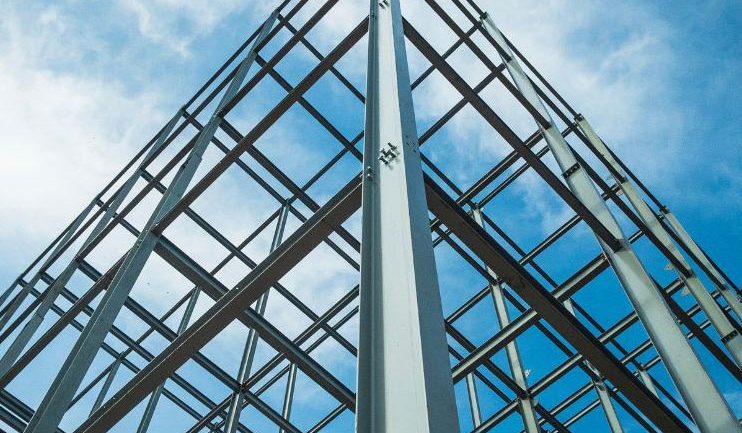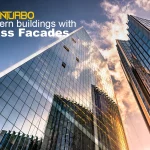
10 Most Used Building Materials: Guide to Modern Construction
Construction is a dynamic field that relies heavily on the careful selection and application of various building materials. From traditional options to innovative solutions, the choice of materials significantly impacts the durability, sustainability, and overall performance of structures. This comprehensive guide explores the diverse world of construction materials, their properties, and their roles in modern building practices.

- Steel
Steel plays a crucial role in modern construction, particularly in high-rise buildings and large-scale infrastructure projects. Its high strength-to-weight ratio makes it an excellent choice for structural components that need to bear significant loads.
When comparing durability of building supplies, steel often comes out on top due to its resistance to fire, pests, and weather-related damage. However, it requires proper treatment to prevent corrosion, especially in coastal or high-humidity environments.
The use of steel in construction also aligns with sustainability goals, as it is highly recyclable and can be repurposed multiple times without losing its strength properties.
- Wood
Wood remains a popular choice in construction, particularly for residential buildings and in regions with abundant timber resources. As a natural and renewable resource, wood is one of the more eco-friendly alternatives for builders when sourced responsibly.
Modern wood construction has seen significant advancements, including the development of engineered wood products like cross-laminated timber (CLT) and glued laminated timber (glulam). These innovations allow for the construction of taller wooden buildings while maintaining structural integrity and fire resistance.
Wood’s natural insulating properties also contribute to energy efficiency in buildings, making it an attractive option for those focusing on sustainable construction materials.
- Glass
Glass has transcended its traditional role as a simple window material to become an integral part of modern architectural design. Advanced glass technologies now offer improved insulation, solar control, and even self-cleaning properties.
The use of large glass facades in commercial buildings allows for abundant natural light, reducing the need for artificial lighting and contributing to energy efficiency. However, careful consideration must be given to thermal performance and glare control when incorporating extensive glazing.
- Brick
Brick has been a staple in construction for thousands of years, and its popularity persists due to its durability, fire resistance, and aesthetic appeal. Modern brick manufacturing techniques have improved the material’s performance while maintaining its classic look.
When exploring cost-effective construction material choices, brick often emerges as a viable option due to its long lifespan and low maintenance requirements. Additionally, the thermal mass of brick can contribute to better temperature regulation in buildings, potentially reducing heating and cooling costs.
- Stone
Natural stone, such as granite, marble, and limestone, adds a touch of elegance and permanence to construction projects. While often used for decorative purposes, stone also serves functional roles in foundations and load-bearing walls.
The durability of stone makes it an excellent choice for structures intended to stand the test of time. However, its weight and cost can be limiting factors, often restricting its use to high-end projects or specific architectural features.
- Aluminum
Aluminum’s lightweight nature and corrosion resistance make it a valuable material in modern construction. It’s commonly used in window frames, curtain walls, and roofing systems. The metal’s reflective properties can also contribute to energy efficiency by reducing heat gain in buildings.
The recyclability of aluminum aligns well with sustainable construction practices, as it can be reprocessed multiple times without losing its properties. This makes it an attractive option for those focusing on sustainable options in construction materials.
- Composites
Composite materials, such as fiber-reinforced polymers (FRP), represent some of the most innovative materials in modern construction. These engineered materials combine the properties of two or more components to create products with superior strength, durability, and versatility.
Composites are increasingly used in bridge construction, structural reinforcement, and even as alternatives to traditional materials in specific applications. Their lightweight nature and resistance to corrosion make them particularly valuable in harsh environments or where weight reduction is crucial.
- Plastics
While not typically associated with structural components, plastics play a significant role in modern construction. From PVC pipes and electrical conduits to insulation materials and waterproofing membranes, plastics contribute to the functionality and efficiency of buildings.
Advancements in polymer science have led to the development of high-performance plastics that offer improved durability and fire resistance. However, the environmental impact of plastic use in construction remains a concern, driving research into more sustainable and biodegradable alternatives.
- Insulation Materials
Proper insulation is crucial for energy efficiency in buildings, making insulation materials a critical component of modern construction. Options range from traditional fiberglass and mineral wool to more innovative materials like aerogel and vacuum insulated panels (VIPs).
When considering building material properties explained, insulation materials are often evaluated based on their R-value, which measures thermal resistance. Higher R-values indicate better insulation performance, contributing to reduced energy consumption for heating and are bound ensue and equal blame belongs















0 Comments
Leave A Reaply